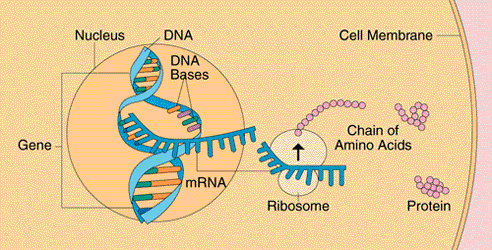What are common mistakes students make with genetics ?
1 Answer
Genetics is a rather large category but I've summarized a few of the main things that trip students up below:
- The difference between allele and gene-- This one gets a lot of students in trouble. They need to realize that alleles are versions of genes (I often compare it to clothes- the gene is a t-shirt and the alleles could be red, blue, green, etc.). So when you ask, "how many alleles control human blood type?" the students should be able to answer "3- A, B, and O" (ignoring the Rh factor here).
- Homozygous vs heterozygous-- This isn't a difficult distinction but students must have this down pat if they are to succeed. Homozygous- 2 of the same allele for a trait, heterozygous- 2 differing alleles.
- How DNA, genes, and proteins are interrelated-- This can be really tough for students to visualize. Make sure you drill this in multiple ways to help them. Analogies again are helpful here. For example, DNA is like a master blueprint, genes are segments of the blueprint for rooms, and the proteins are the actual rooms and buildings. Here is an image:

- How DNA changes lead to phenotypic changes-- This goes along with the previous one. If the students understand that a change in DNA can cause a change in a gene that then may lead to a different protein, they will get that different proteins cause different traits.
- The frequency of dominant traits-- Students almost always assume dominant traits are more common and will become more common over time. This is a huge misconception that takes some effort to dispel. I repeatedly remind them that dominance does not make a trait more common and some traits like Huntington's disease are caused by dominant traits yet are very rare.
If teaching a lesson on genetics, the University of Utah's website is extremely helpful. I highly recommend it.


